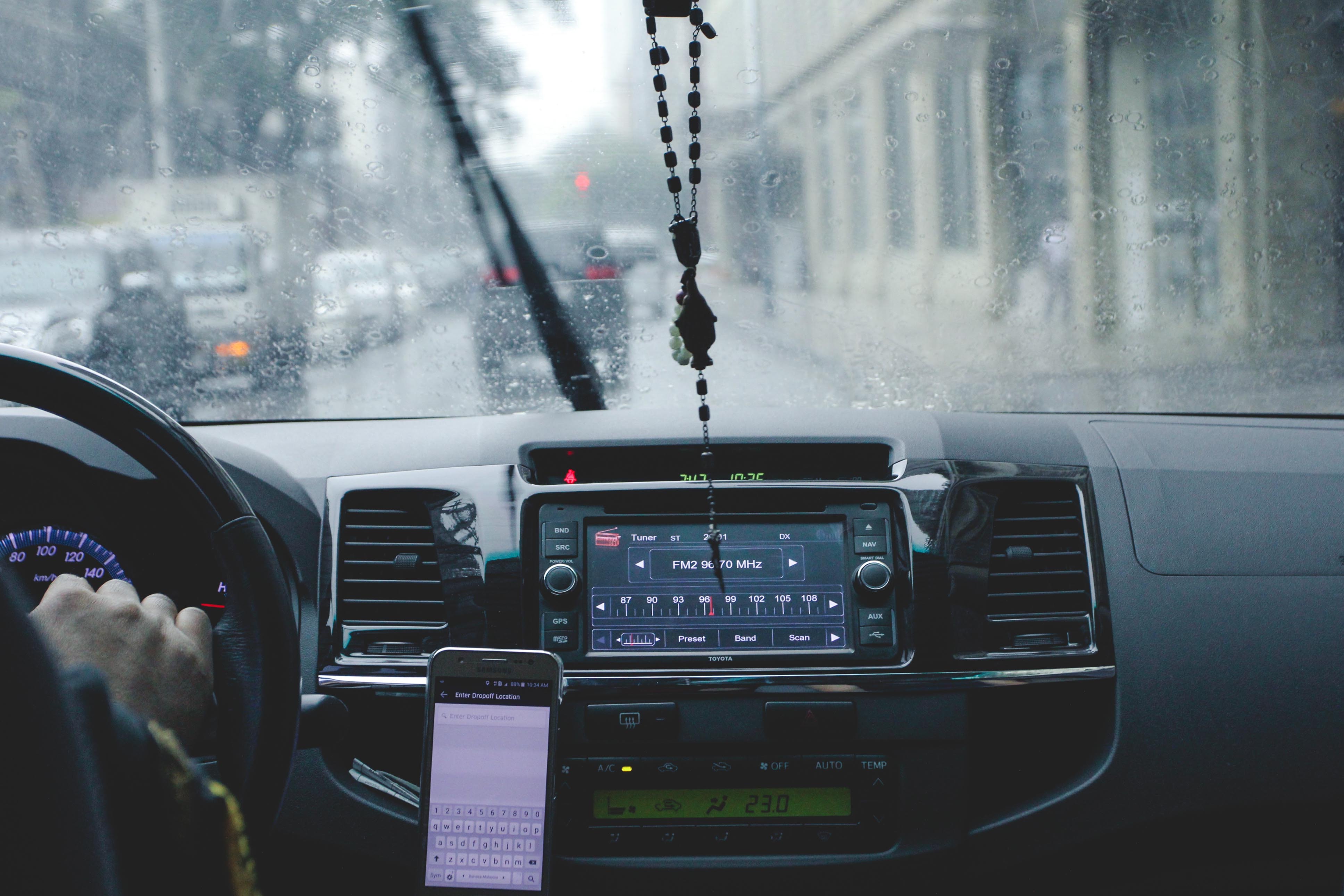Whenever I take an Uber I check the license plate, get in the car, sit behind the driver, and fasten my seat belt. I always hope that the driver isn’t too talkative. My mind wanders. I look out the window at passing cars on the freeway or try to read a book before the class I teach in the afternoons.
My mind drifts back to a time when I used to get in and sit in the front, next to the driver — nearly always a man. I would scan the inside of the car, study where the locks are, put my seat belt on, and start up a conversation. This was before Uber, the internet, or cellphones. This was the late 1980s and early 1990s when I was a teenage Black girl from the Sunnydale projects in San Francisco trying to get around in a city without a car. I remember being 16 and out late waiting for a bus while men in their cars looked at me, often circling around me. We were poor and my mother didn’t know how to drive so we didn’t have a car, which, in a state like California, with long roads that stretch for miles, is a challenge. A trip of 20 minutes by car can take an hour on the bus.
The first time I accepted a ride from a stranger, I was about 20 minutes from home, and it was late, almost 1 a.m. Unlike many Black teen girls I knew, I didn’t have a curfew. My mother had schizophrenia and was tired often, which prevented her from enforcing one. I was listening to my Walkman when I saw a car slowed down next to me.
I approached the car and a Black man about 23 years old rolled down his window. “Where are you going? Do you need a ride?” he asked.
I hesitated.
Never go anywhere with strangers. I had grown up with the soundtrack of America’s Most Wanted, a weekly show hosted by John Walsh, whose own son was murdered by a stranger after disappearing from a mall. One might say I knew better. But subconsciously I didn’t think that kind of danger affected me. I decided to take my chances and get in.
He asked me my name and where I went to school. I lied about both, giving him a fake name. When he began to approach my neighborhood I told him to let me out a few blocks from where I lived, which was right before the projects began. When he drove off I felt a sense of power, like I had accomplished something.
I would end up doing this 10 more times between the ages of 16 and 19 when it was late or cold and I didn’t want to wait for the bus. Most of the men were chill, wanting to know if they could hang out with me. They ranged in age from 20 to 55, and were mainly Black and Latino. I had pretty safe encounters until I was 19, a freshman in college.
It was raining and I was waiting for a bus to San Francisco State University. As usual, it was late, so I decided to walk instead. Fifteen minutes into the walk, a white car slowed down next to me. A young Asian man was behind the wheel. “It’s raining, do you want a ride?” I hopped in.
He was quiet, so I attempted to engage in small talk. As we drove, I realized he was taking a route I wasn’t familiar with. We went from the main streets, which were a straight shot to the university, to side streets and alleys — the opposite direction from the university. For the first time since I started accepting rides from strangers, I felt a sense of panic. I remembered hearing stories of women jumping and rolling out of cars when they felt they were in danger. I could hear my heart pounding. I was sweating, but remained silent.
My mind raced back to a time when I was 17, wearing a mini skirt with my Wet n Wild makeup in late afternoon. I was waiting for a friend near a restaurant. A white male cop approached me, asked my name, and showed me a photo of a Black prostitute. He assumed I was her. I told him I wasn’t. He looked me up and down, and then apologized, saying I resembled the woman in the photo. We had the same eye makeup, he said.
I was brought back to the present when the Asian man said, “Hey, give me a massage.” I knew he meant an erotic massage. After a pause, I replied, “I can’t give you a massage. It wouldn’t feel good. My nails are too long.” He was silent as I rambled on about how terrible the massage would be. I was relieved when I started to see streets I recognized. Then I saw the university sign. When we got to campus I thanked him while opening up my umbrella and headed towards class. I knew I was lucky. I felt disoriented the whole day. That was the last car with a stranger I got into — before Uber, that is.
The lack of coverage about missing black girls continues. I know all too well how easily we end up in vulnerable situations, especially in cars. Nowadays, I own a car, and see it as an act of self-sufficiency that I don’t have to depend on public transportation. But on the days I don’t feel like driving, I take Uber, keeping one eye on the driver, and the other on the door.


